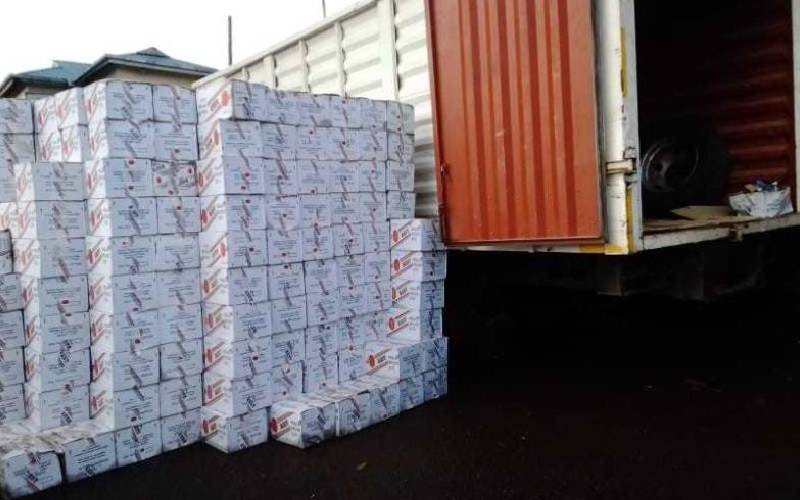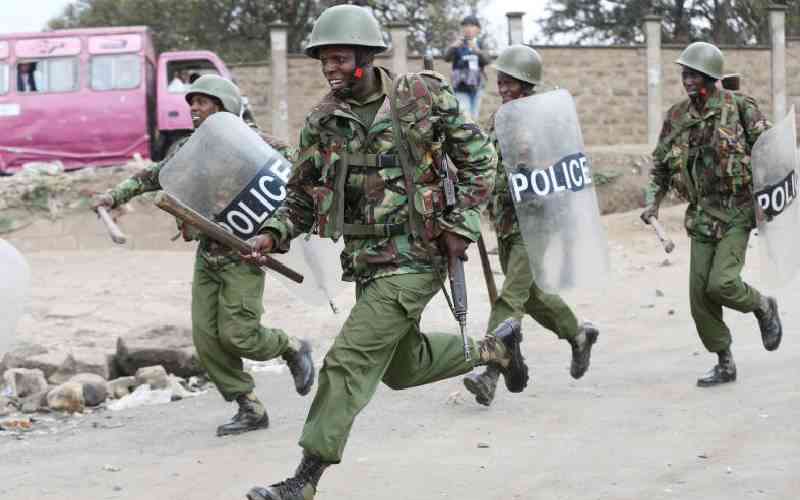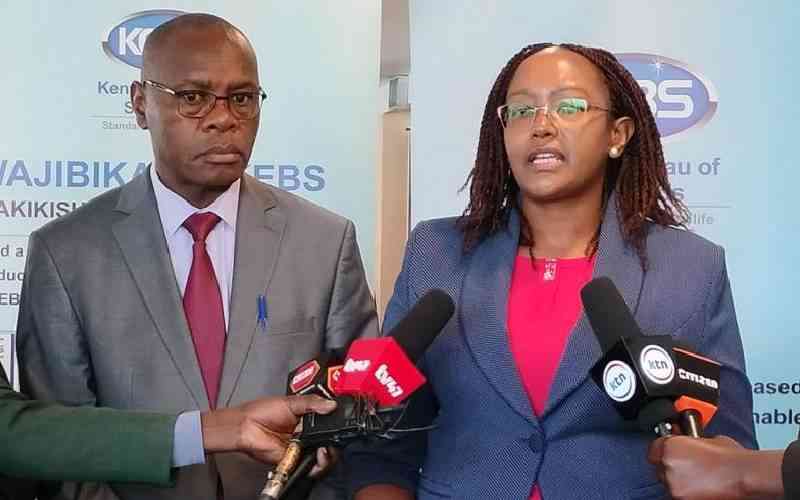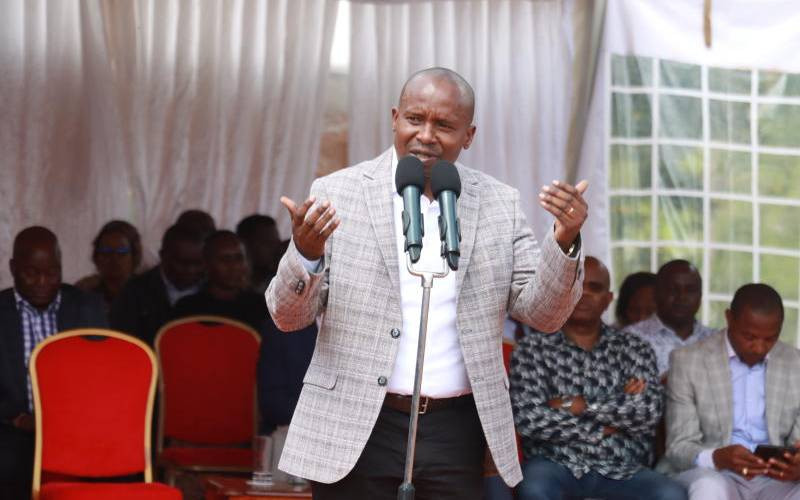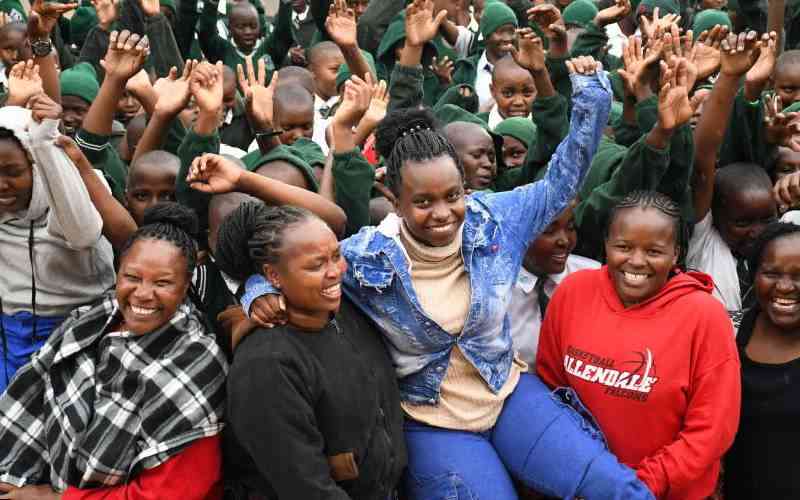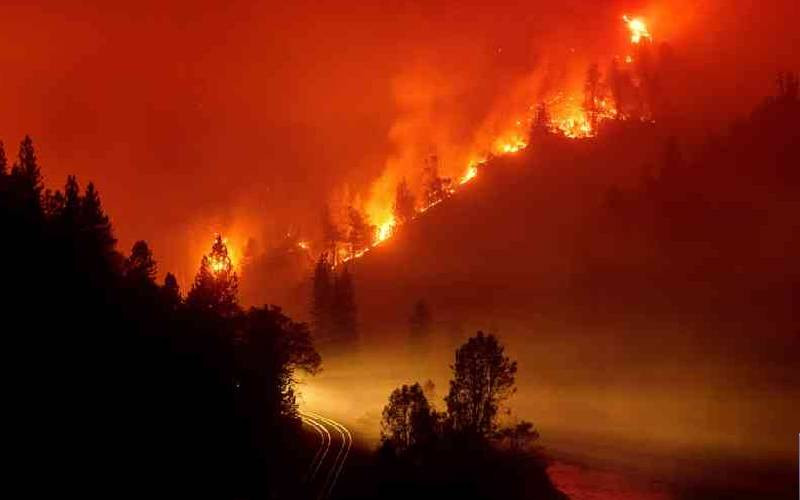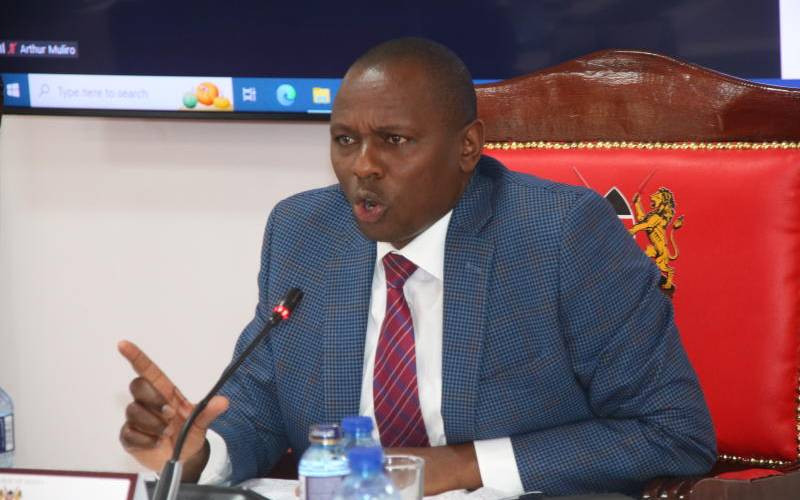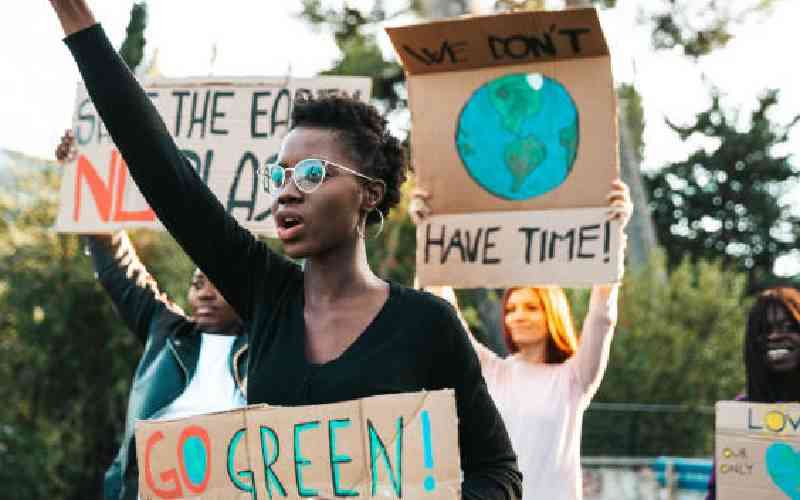
Africa’s vast beautiful landscapes and unique wildlife are not just there for aesthetic value but are critical in ecological balance and climate regulation. The natural resources directly feed tourism and agriculture.
Some entities, as small as bees, are critical to human survival, considering their role in pollination that living without them for a few years may spell doom. The same bees produce honey, a source of livelihood for millions.
Forests like the Congo Basin are significant carbon sinks, absorbing millions of tonnes of Carbon Dioxide annually. Yet, deforestation, illegal wildlife trade, and habitat destruction threaten them. Claims of militiamen destroying forests to burn charcoal, which they sell to sustain themselves are not peculiar to the DRC.
The World Wildlife Fund figures show that Africa loses at least 3.9 million hectares of forest every year, leading to more carbon emissions and accelerating biodiversity loss.
All the holy books show humans are entrusted with environment stewardship. It is a moral duty. Nature, on the other hand, loyally gives back (to society) if well taken care of.
While the perennial threats of escalating climate change and biodiversity loss remain a glaring reality, interventions such as reforestation, peace restoration, and nature-based solutions seem the easiest way out. But what if nations leveraged digital innovation to manage natural resources better?
Satellite imagery and remote sensing technologies have been commonly used to track wild animals to know their numbers and distribution. These same technologies can be useful in detecting deforestation and monitoring habitat changes for swift action against illegal logging. Such technologies should be increased in the grassroots, where oversight of wildlife is less intensive than in the big forests and water towers.
- Misdiagnosis, climate change to blame for pathogens' resistance to drugs
- Scorching truth: How climate change aggravates brain diseases
- Africa pushes for climate justice at COP 29, seeks $1.3tr financing promise
- Climate crisis leave millions in distress - UN
Keep Reading
Add these to Artificial Intelligence and incorporate the youth, and you may forecast poaching activities and respond more adequately and promptly. As the African Wildlife Foundation puts it, AI can boost efficiency of anti-poaching patrols by up to 50 per cent.
The information collected with the help of GPS collars and sensors, as is the case at Mara Predator Conservation Programme, can be used to monitor wild animals’ movements and reduce or preempt human-wildlife conflicts besides understanding migration patterns, detecting changes in habitats, and ensuring the well-being of endangered species.
While Kenya and a few other African countries may already be applying technology to monitor and increase the wellbeing of wildlife, more collaboration with neighbouring countries and promotion of technology-aided conservation will bear fruit for the region and entire continent, with more tourist attraction, reduced interference with water towers, and reduced carbon footprints.
This, however, requires goodwill and transparency from all stakeholders, as well as policy-driven and people-led enforcement of regulations that ensure safety of the beautiful wild. These will lead to better carbon sequestration, water purification and soil fertility
Besides, the digitally-led monitoring and reporting measures will empower local communities by providing them with information and resources to participate in conservation efforts.
While digitally aided conservation efforts should be policy-backed, it is also important to acknowledge that prompt and accurate information from such can also inform policy decisions and advocacy efforts for strategies that align with climate goals. The power of technology is capable of enhancing conservation efforts, protecting biodiversity, and mitigating climate change. Africa needs to harness this opportunity for a resilient future.
The writer advocates climate justice
 The Standard Group Plc is a multi-media organization with investments in media platforms spanning newspaper print
operations, television, radio broadcasting, digital and online services. The Standard Group is recognized as a
leading multi-media house in Kenya with a key influence in matters of national and international interest.
The Standard Group Plc is a multi-media organization with investments in media platforms spanning newspaper print
operations, television, radio broadcasting, digital and online services. The Standard Group is recognized as a
leading multi-media house in Kenya with a key influence in matters of national and international interest.

